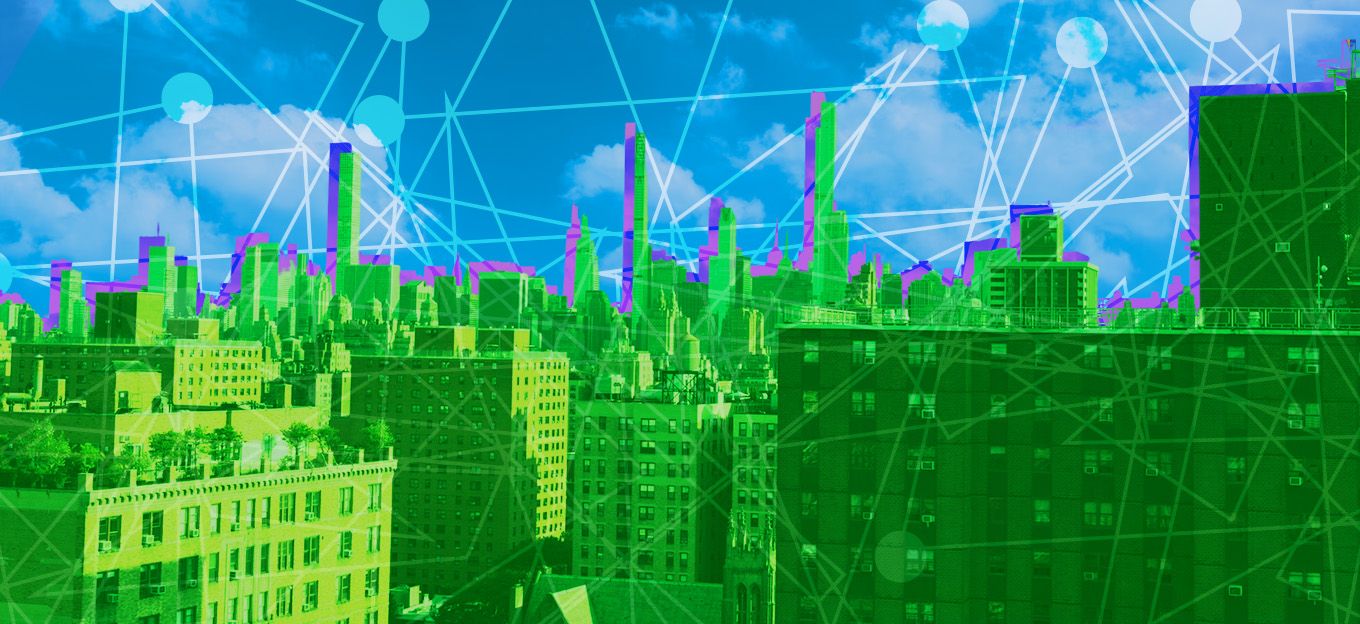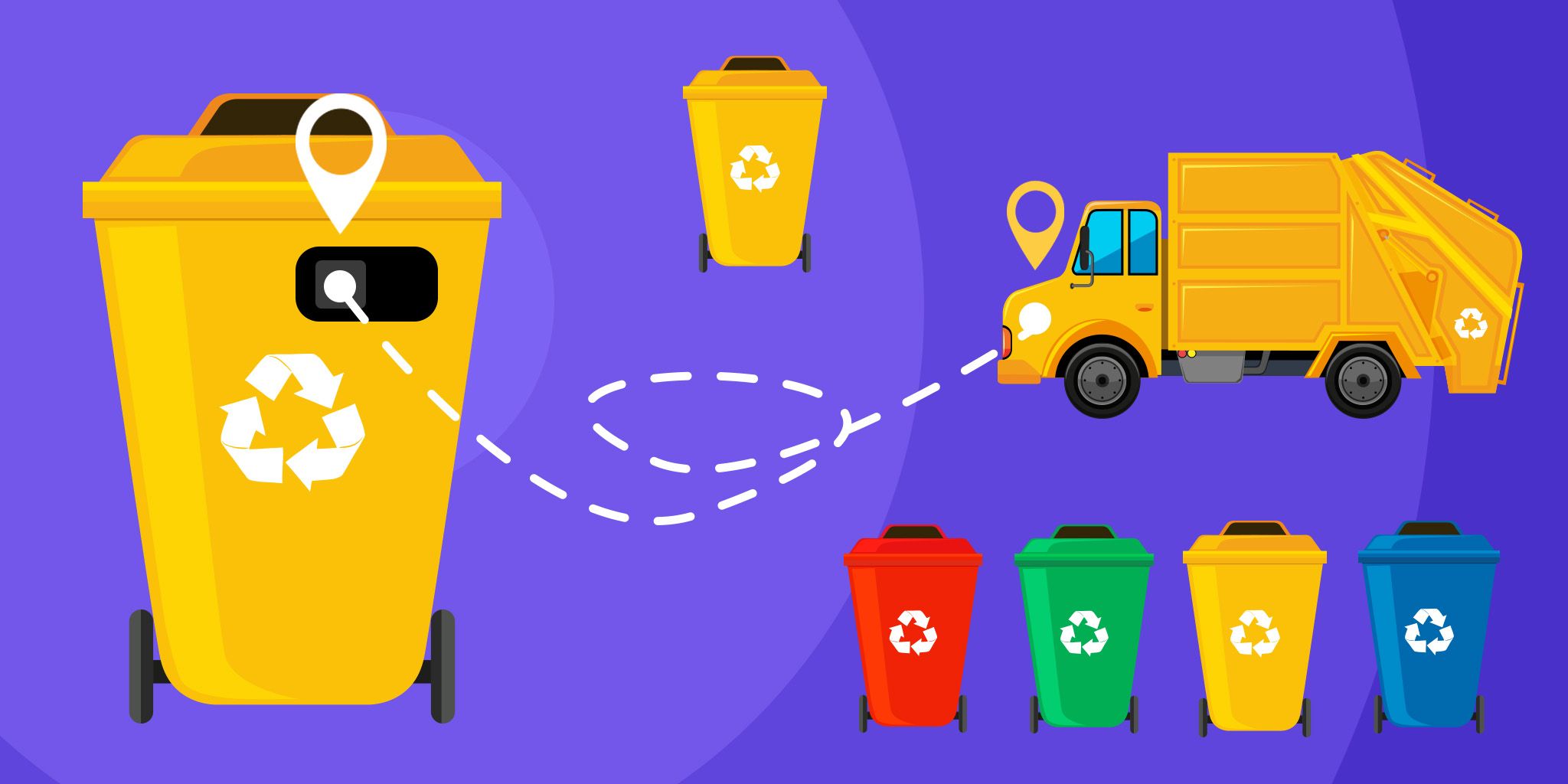IoT and Sports: A World of Possibilities
IoT and Sports: A World of Possibilities
- Last Updated: December 2, 2024
Guest Writer
- Last Updated: December 2, 2024



In the old days, competitive sports were all about brute strength, durability, and passion for the game. While those factors still play a significant role, technology has made sports a lot more sophisticated. IoT is among technologies that are helping teams not just get better output from their performers and revolutionize how fans engage with sports.
IoT stands to benefit athletes, fans, and businesses associated with different sports by connecting different devices, sensors, and procedures.
Footprints of this technology aren't hard to find in major tournaments around the world. However, there are several ways IoT can be further leveraged in the world of sports. Let’s take a look at what’s already happening on the ground and what’s in store for the future.
Smart Stadiums: Present and the Possible Future
SoFi Stadium, which opened last year, is a prime example of a stadium that utilizes IoT and cutting-edge Wi-Fi to create a unique fan experience. The venue includes Wi-Fi 6, connectivity that delivers fast speed and bandwidth with a greater capacity than the previous Wi-Fi standard. High-speed and reliable internet connects fans to SoFi’s immersive experience application. Also, 5G technology is used to stream 4K videos on the video board.
Smart stadiums such as SoFi are being designed to compete with sophisticated televisions and home theatres. To get the fans off their coaches and into the stadium, these venues are integrating emerging technologies. For instance, Levi’s stadium uses sensors to monitor ventilation and heating inside the arena.
These stadiums are barely scratching the surface. The marriage of emerging technologies with sports venues could create different smart solutions, including:
- Water and electricity consumption tracking to conserve resources
- Equipment failure can be prevented with the help of predictive maintenance
- IoT sensors can assist in crowd control at merchandise and food stands
- Empty parking spots can be located
- Fans can witness the game from the player's perspective through video technology
- Foods and drinks can be delivered directly to fans on their seats through drone technology
- 360-degree replays mean fans never miss an important moment.
These solutions aren't a pipe dream. Stadiums of the future will arrive soon and give fans a chance to engage with sports in a completely new way. Billions of dollars are being invested in creating these new-age venues where the match itself might not be the biggest attraction.
Developing Players and Preventing Injuries with Smart Apparel
IoT devices have made the job of sports physicians easier. Two purposes of IoT and smart apparel are to enhance athlete safety and optimize training. Smart clothing and smart shoes combined with IoT sensors are used to collect player data. Everything from an athlete's heart rate to fatigue and player performance is measured.
Coaches use this data to adjust training and manage the workloads of players to mitigate injury risks. One of the critical decisions based on information provided by smart technologies is how much recovery time a player needs after a season or injury. Insights generated by IoT devices help identify the strengths and weaknesses of athletes so that coaches may design a program that addresses those concerns. In the days to come, it will offer something even more to athletes.
IoT integrated with advanced biomechanics can provide clear, actionable insights to the athletes. This will come in handy when players don’t have access to a professional coach. Also, wireless charging will allow multiple devices to be charged at the same time.
IoT-driven healthcare is playing a transformative role in competitive sports. Team doctors, sports physicians, and physical therapists are gaining real-time to prevent injuries among players. Meanwhile, coaches combine game footage and advanced analytics gained through sensors to develop holistic strategies for individual players and teams.
The Commercial Side of IoT in Sports
At the end of the day, professional sports is a business, and businesses are always looking to save money and generate additional revenue. The data gained from IoT sensors have a lot of value for advertisers. After taking privacy issues into considerations, teams can share this data with advertising partners to craft their future marketing strategies.
Likewise, this information can help teams create customized packages for different fans, including merchandise, team jersey, and stadium tours. But it doesn’t end here. Athlete’s data could be taken into consideration while designing future goods. Sports manufacturers can partner with different franchises to create something that is according to the athlete's preferences.
IoT stands to benefit athletes, fans, and businesses associated with different sports by connecting different devices and procedures. It is set to enable an age of inter-connectivity that will completely transform how games are played, watched, and organized.
The Most Comprehensive IoT Newsletter for Enterprises
Showcasing the highest-quality content, resources, news, and insights from the world of the Internet of Things. Subscribe to remain informed and up-to-date.
New Podcast Episode

IoT and AI in 2026
Related Articles





